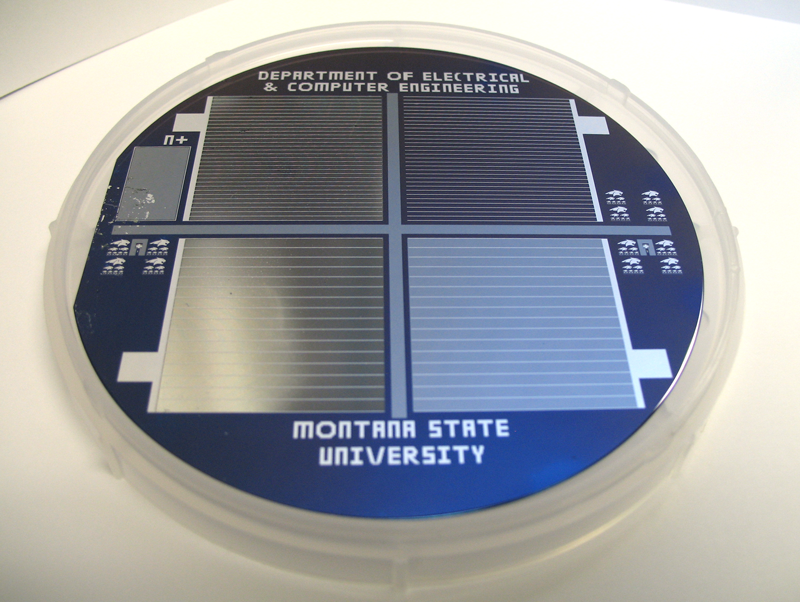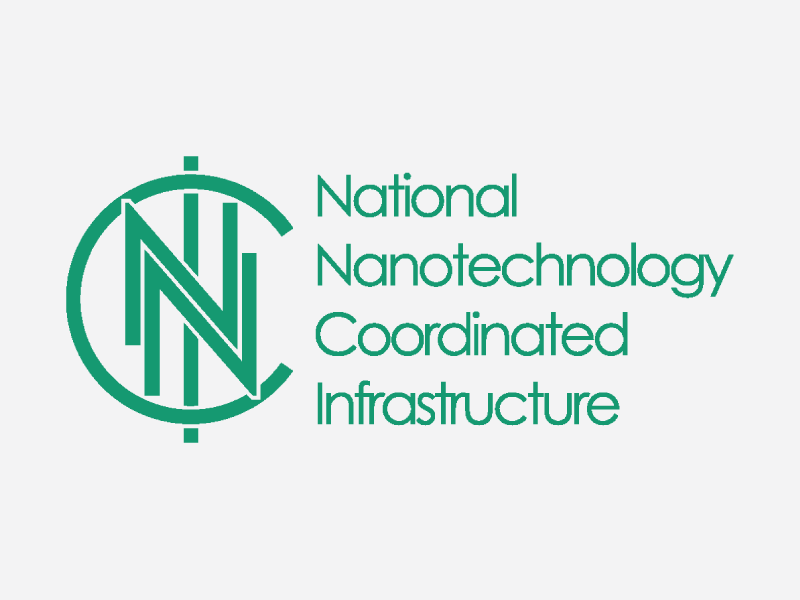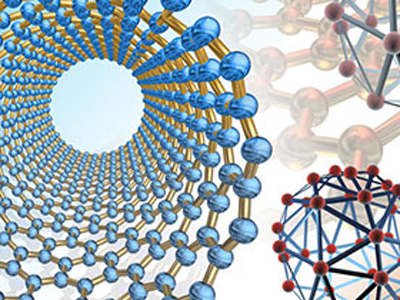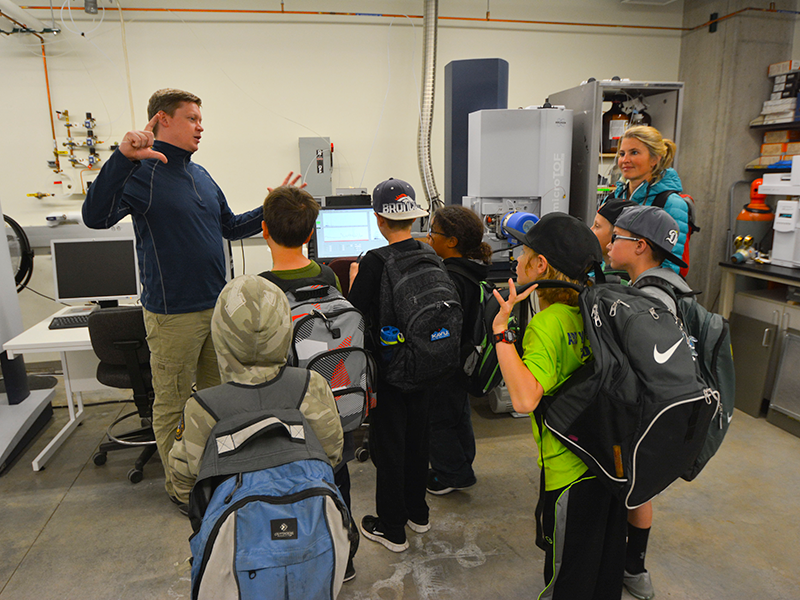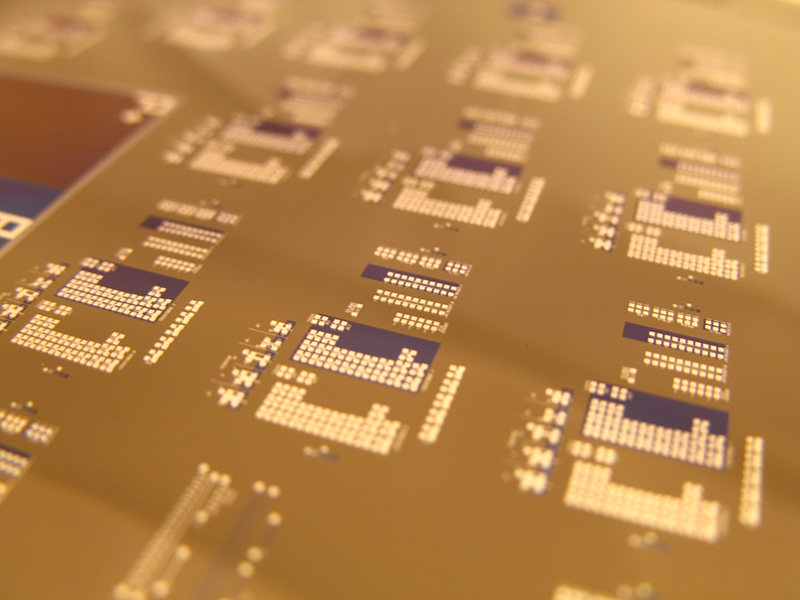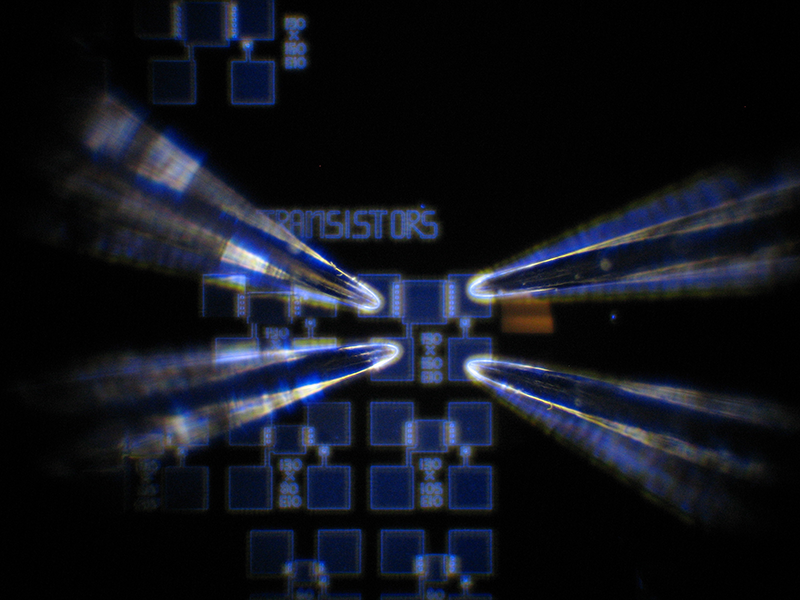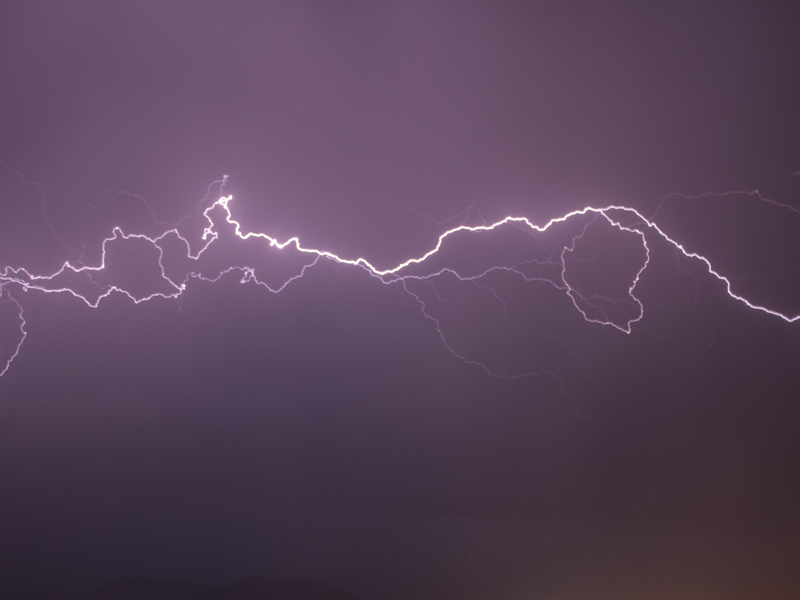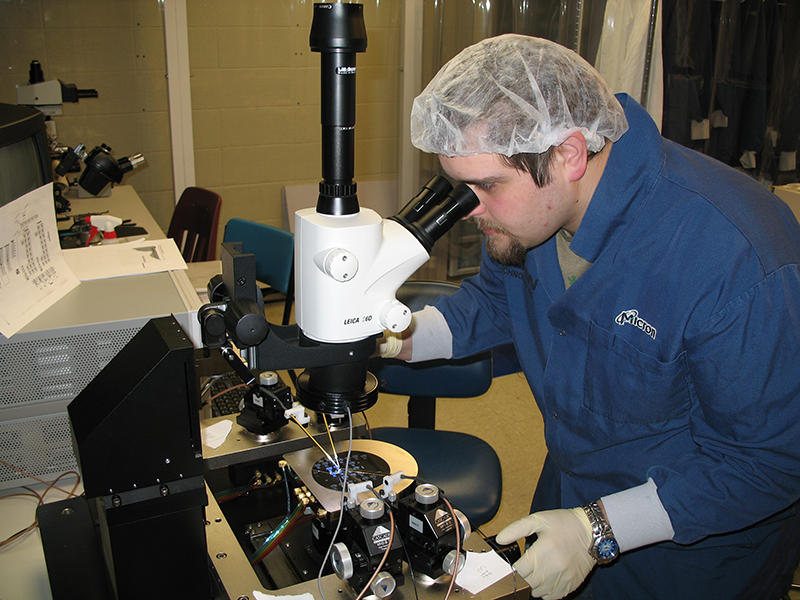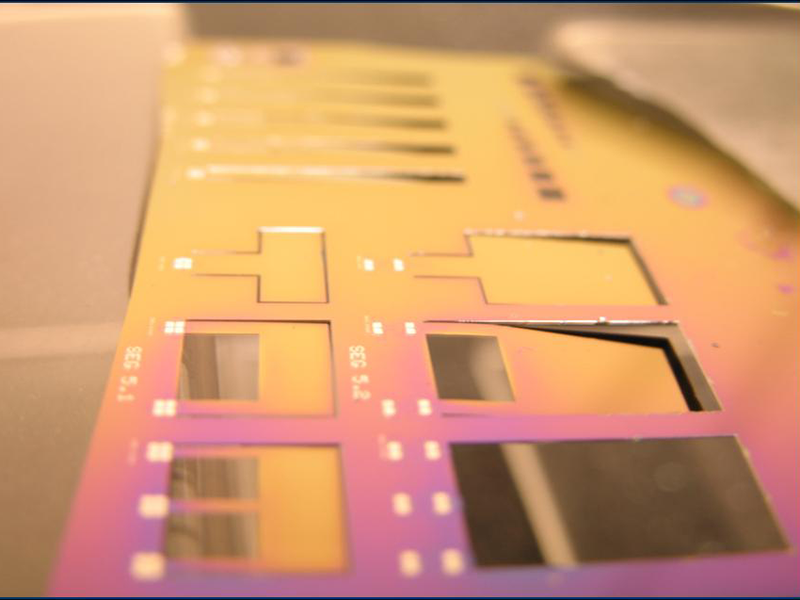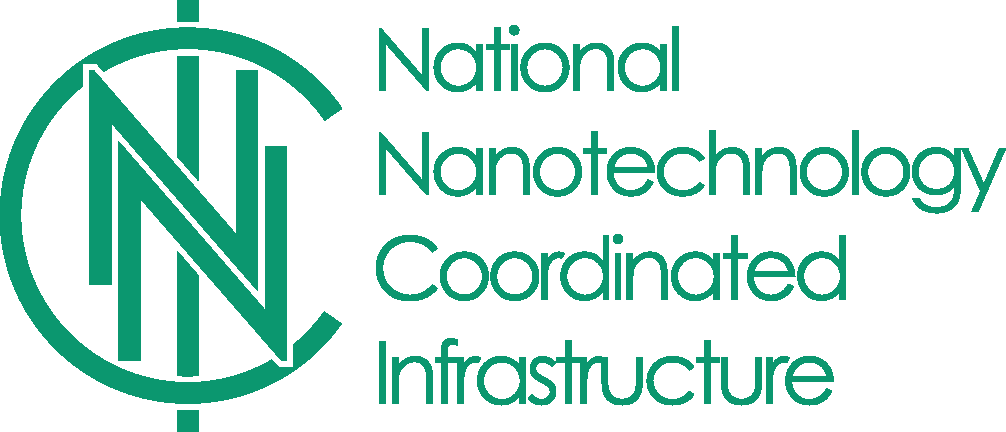This is a compilation of available resources for educators. Most are middle to high
school level, unless indicated. Several of these resources were created by our colleagues at other NSF NNCI supported
universities across the US. Other resources are not affiliated with MONT or Montana
State University. We’d like to thank the many organizations that have created these
materials.
The NNCI has several great lessons for middle and high school students.
With the Science Education Resource Center (SERC) at Carleton College, we have developed
a Nanotechnology in STEM resource for teachers.
Our NNCI coordinating office has a list of searchable k-16 materials and demonstration
guides.
Nanooze is a magazine created by our colleagues at Cornell University. Feel free
to download or request free copies! Suitable for k-4.
Our NNCI partners at SENIC at Georgia Tech have a nice list of resources that includes
a list of 10 minute activities as well as a size and scale poster.
TryNano is a website specifically geared for high school students and teachers who
want to learn about nanotechnology.
The NISE Network is a community of researchers and informal science educators focused
on nanoscale science. NISE provides several hands-on activities. Includes k-4 activities.
NanoTube showcases researchers with a broad range of nanotechnology expertise in fields
from medicine to environmental applications.
NanoSense is geared for educators who want to use activities for high school students.
Tapping Triboelectric Nanogenerator is a great activity for any student wishing to
explore cutting edge techniques in nanotechnology.
MSU offers a Master of Science in Science Education, a unique online and campus-based
program for science educators. MONT supports two courses in the program.
CNSI maintains a network of UCLA scientists and researchers to create exciting nanoscience
curricula and helps educators teach fundamental concepts through workshops.
Nano@stanford, or nanoscience summer institute for middle school teachers, is a five day workshop
that deepens an understanding in nanoscience and instructional practices.
Type ‘nano’ in the search bar of this site, cK-12.
Understanding Nanotechnology: Level by Level
When teaching elementary, middle, or high school students about nanotechnology, the
approach will have to change based on the student's development and understanding
of scientific concepts. This video from Wired shows a great example of what concepts
are taught to a student from a young child to an nanotechnology expert.
